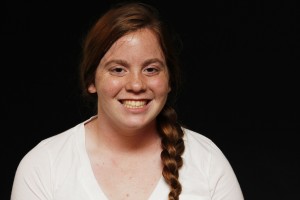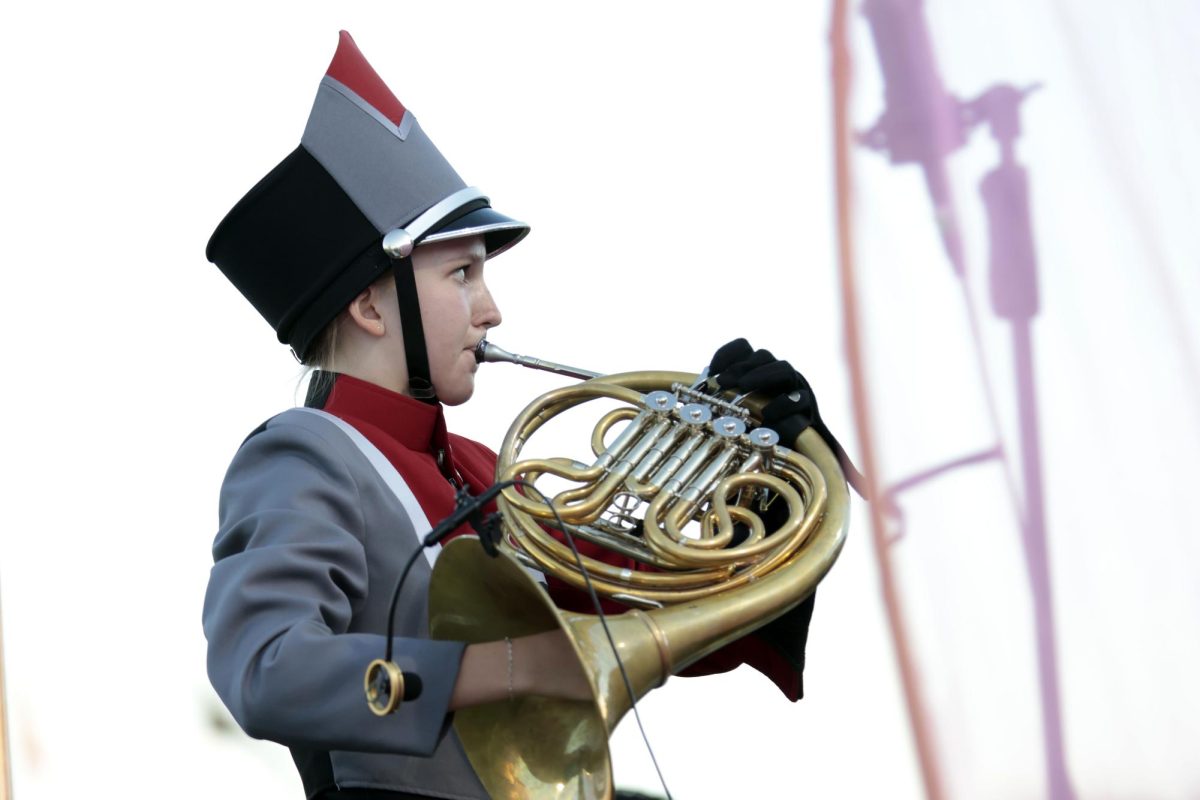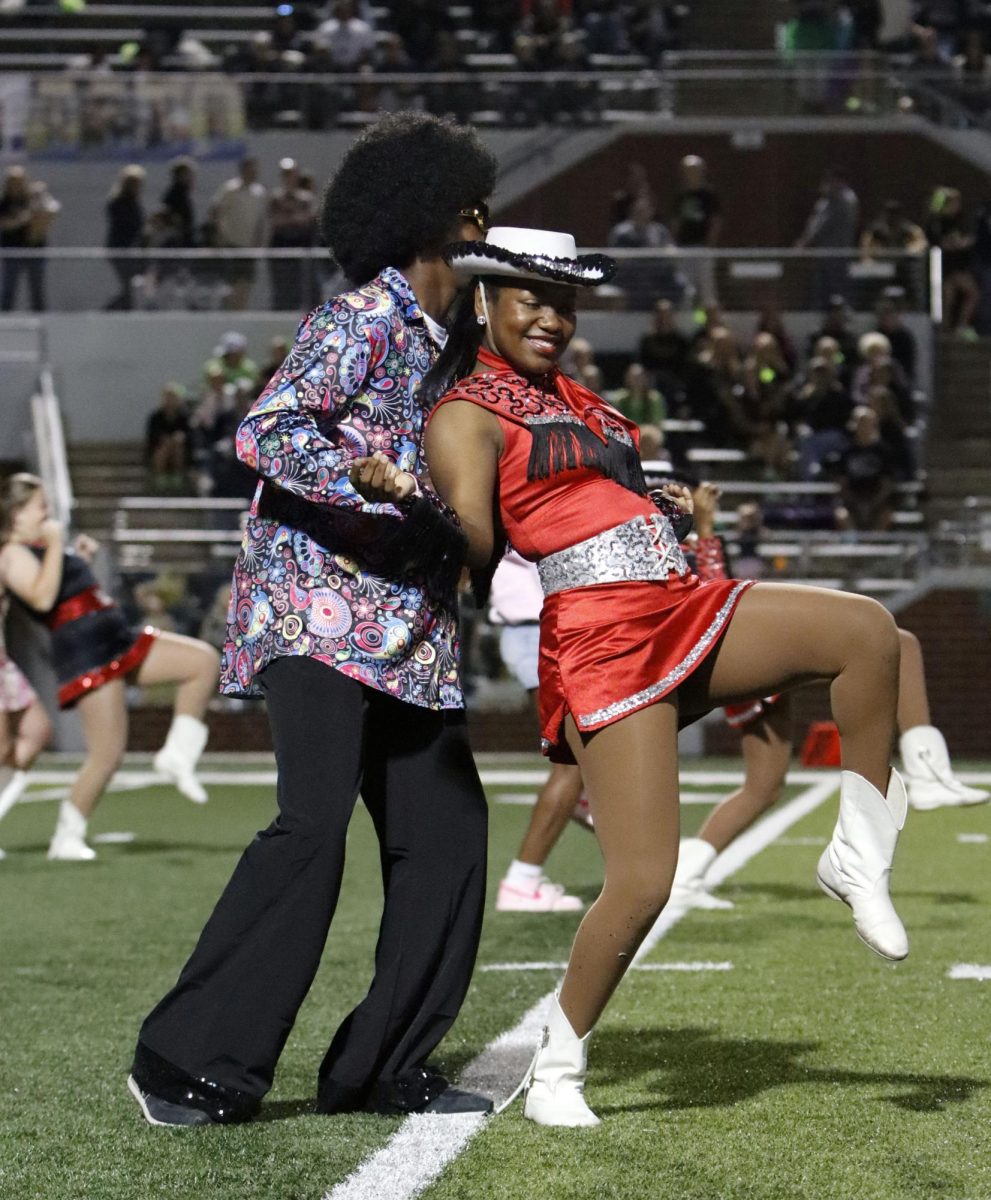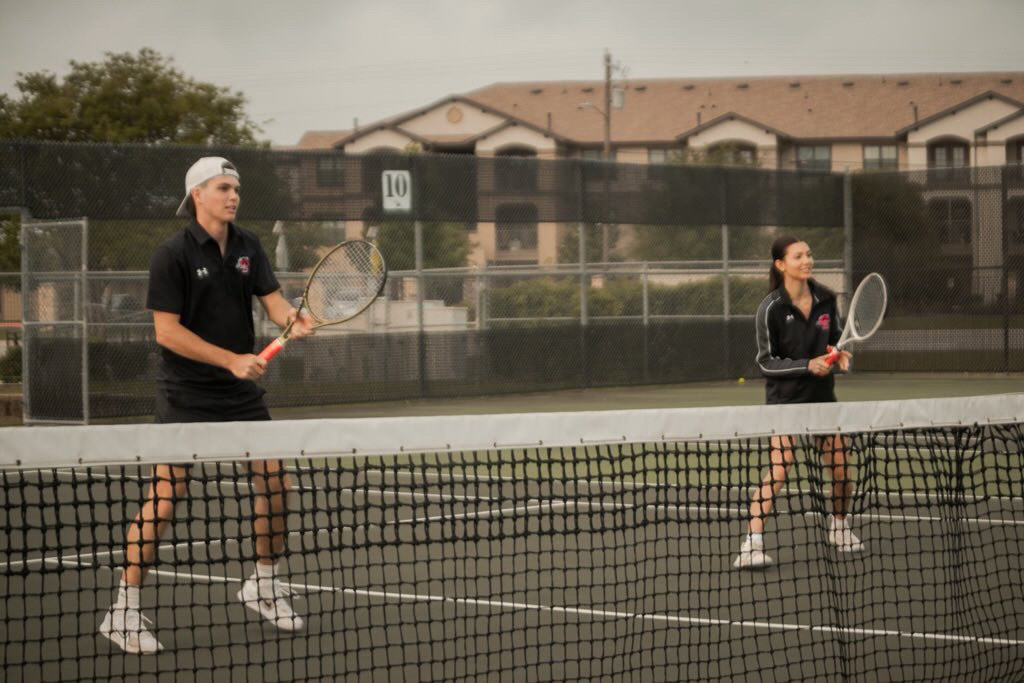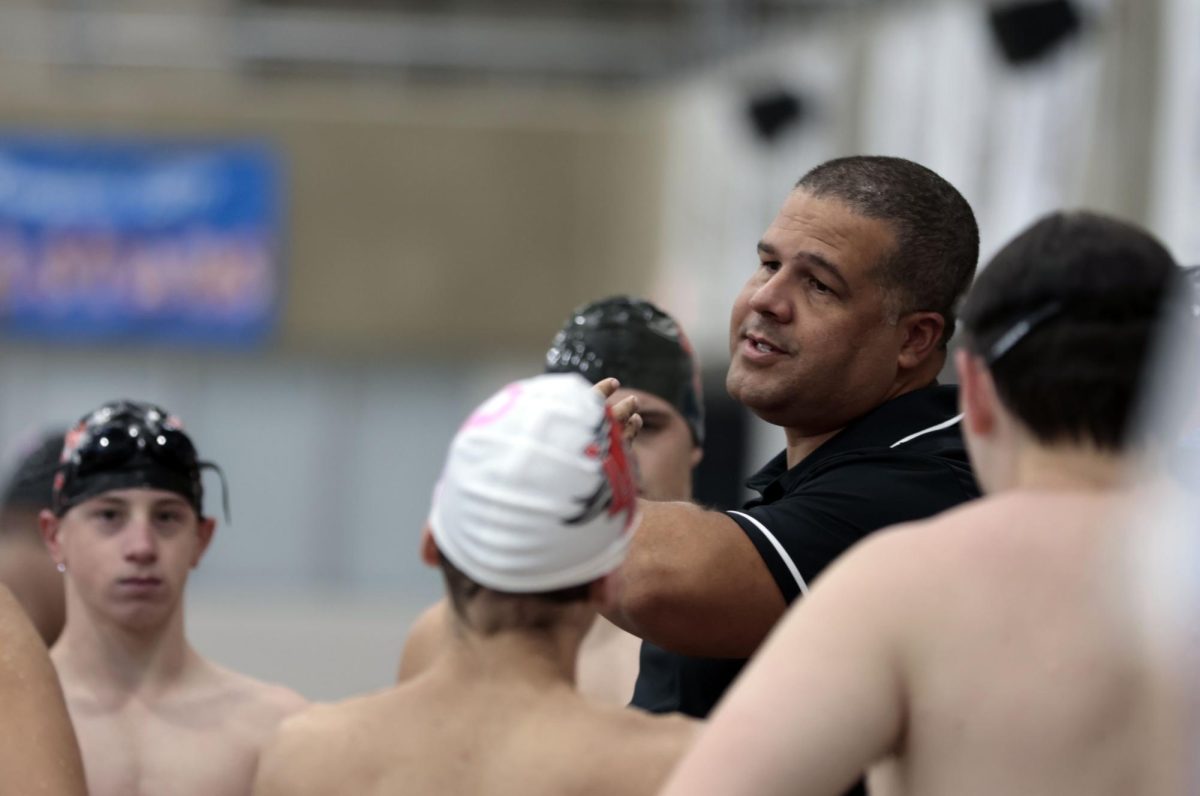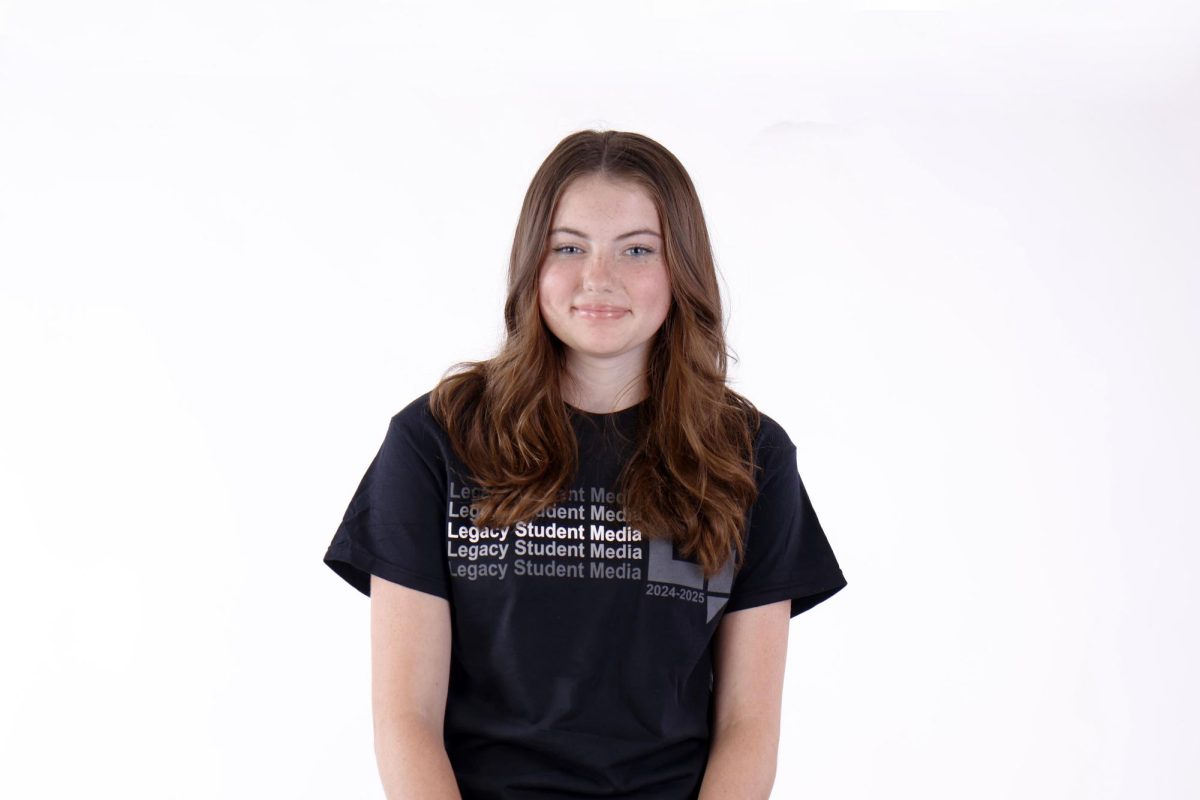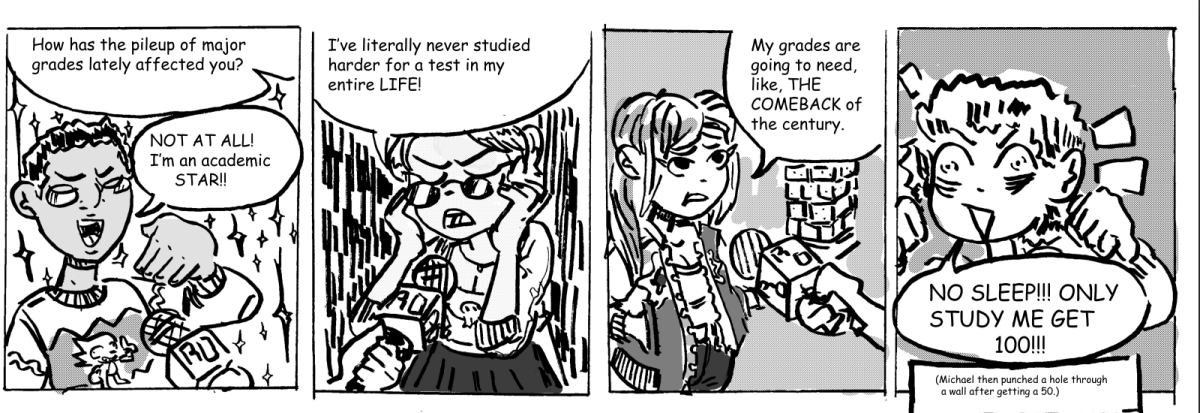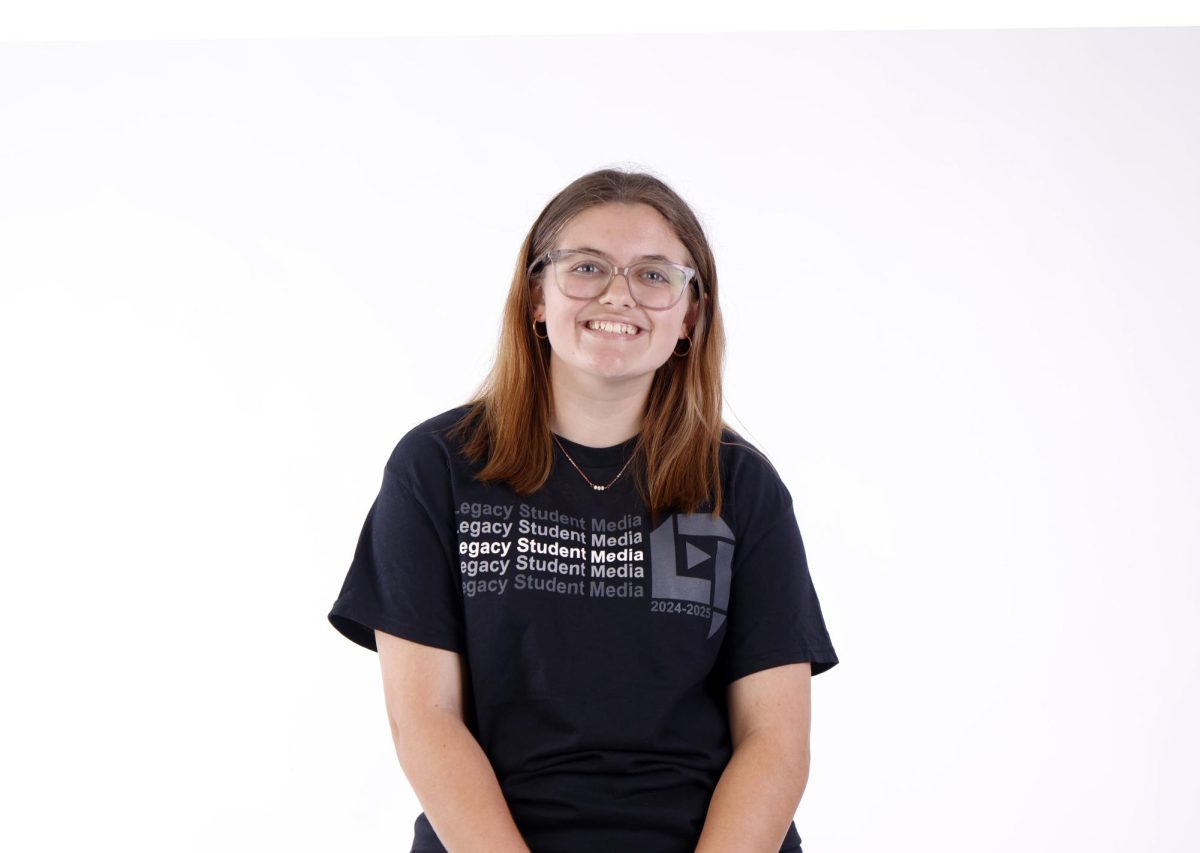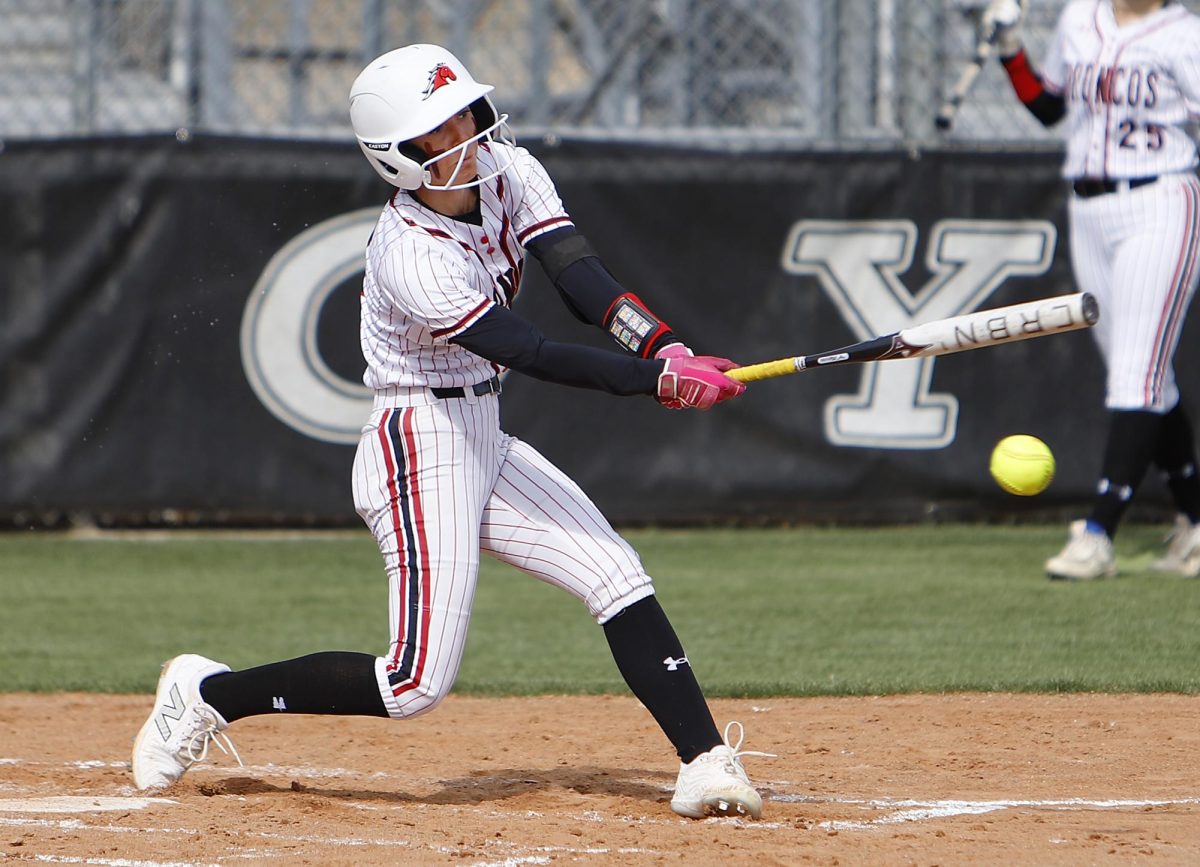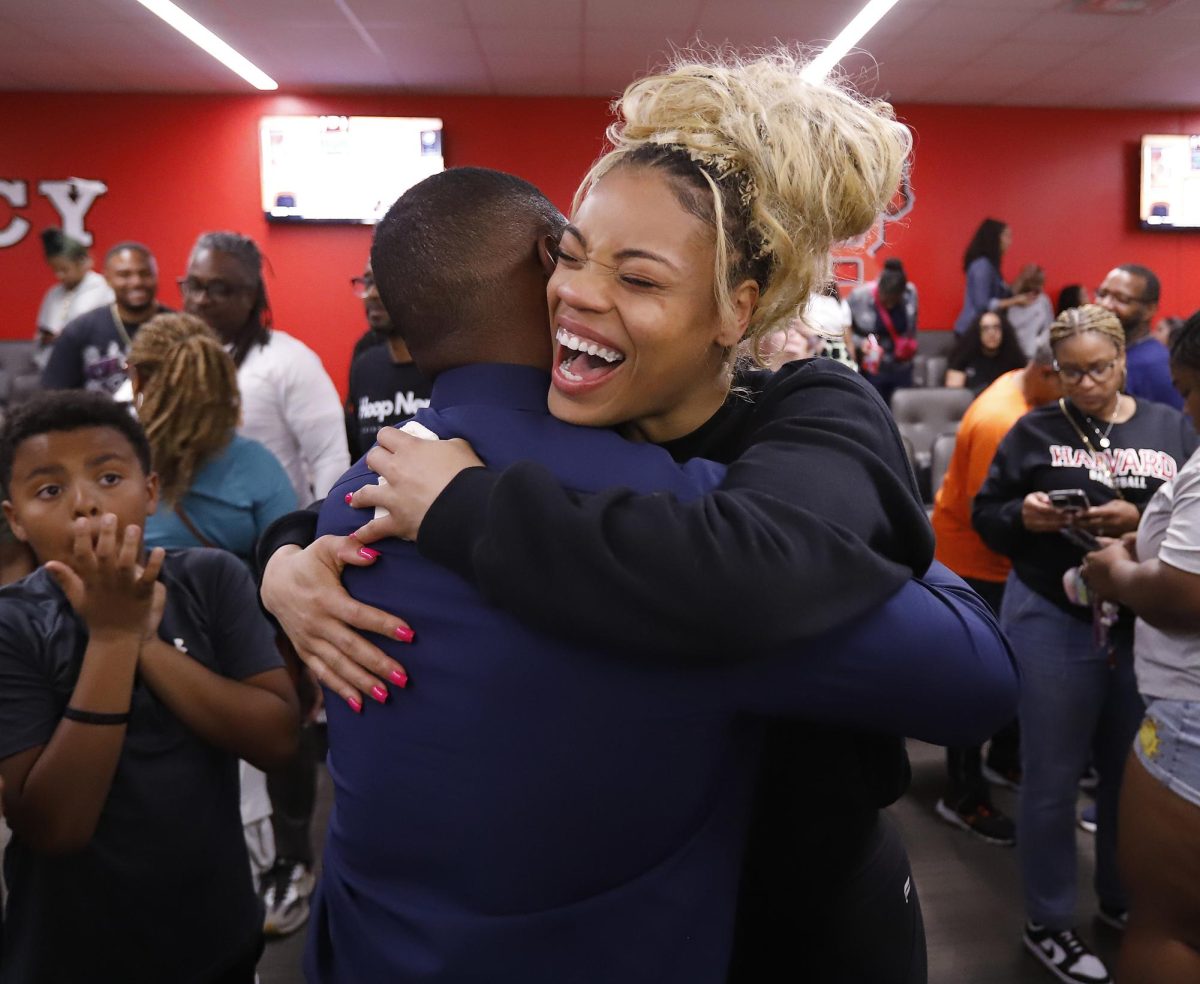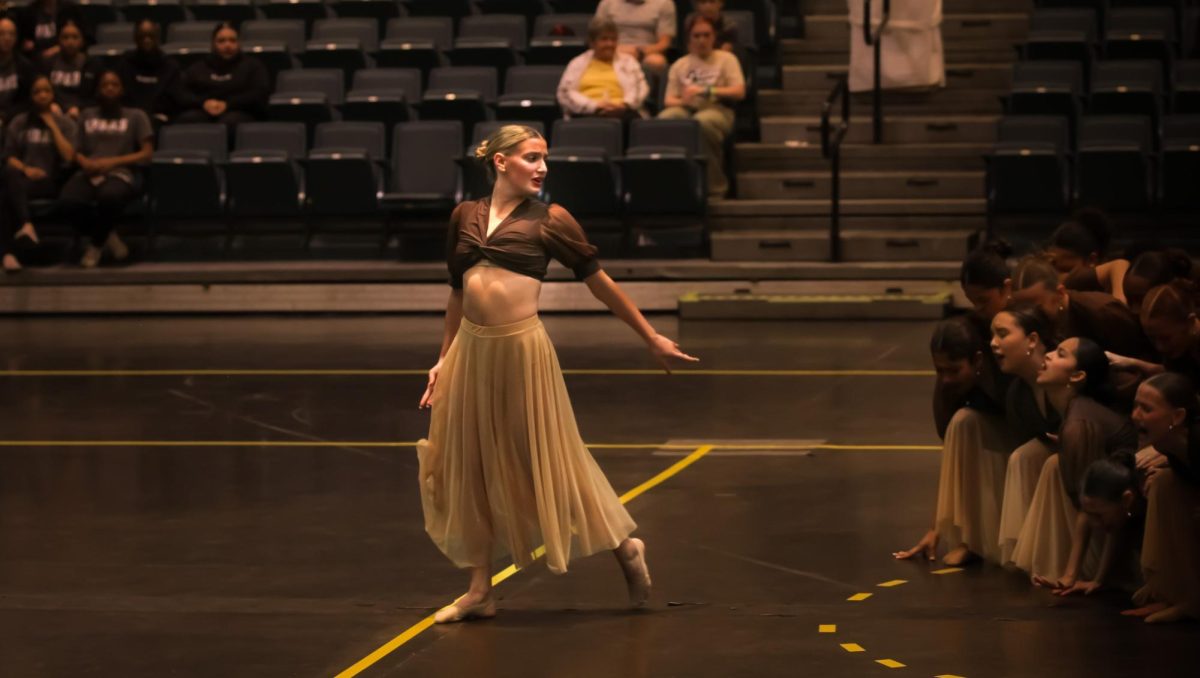After arriving at Fort Jackson in South Carolina in June, senior Veronica Castro loaded onto a bus with others. Once the bus arrived at its destination, drill sergeants were yelling at Castro to get into formation. For the next 10 weeks, Castro will transform from ordinary citizen to soldier of the United States Army.
Castro took part in BCT, basic combat training. In BCT, individuals learn the fundamentals of becoming a soldier. The recruits go through severe mental and physical training to prepare for combat. The training includes obstacle courses, daily schedule, marching, drill ceremonies, and standing in formation.
“When I first arrived at Fort Jackson, I wasn’t nervous. I already had my mind set and I knew what I had to do, and how to do it,” Castro said. “Every time I would think I failed myself, I would think ‘don’t get discouraged because all you can do is get up and try again.’”
When Castro first arrived at reception, she had no choice but to stay awake for the next 48 hour while she received the uniforms and had paper worked fixed to receive payment. It took her a week to complete this process.
“It felt like I was at reception for years,” Castro said. “The whole time there, I tried to think of my family as little as possible because I would get knot in my throat and my eyes would start to get watery.”
Once reception ended, the recruits loaded a bus and were hauled off to be assigned to a platoon. On the bus ride, recruits were told to keep their heads down and not to look out the window. When Castro arrived the destination, she was put into the Alpha-Company 3rd Battalion 60th Infantry Regiment.
“Even though it took a while for our platoon to get along, I did feel a bond later on,” Castro said. “We always had to have a battle, and that is how we got close. We worked as a team.”
The three phases of basic training include the red, white and blue sections. During the red phase, recruits arrive for general orientation, receive haircuts, and get issued Army uniforms. Then the recruits learn about Army heritage and Seven Army Core Values. Afterwards the physical training starts. The recruits go through basic tactical training, nuclear biological and chemical defense, landmine defense and a two mile foot march to Victory Tower. Most of the team building happened during this phase.
“We would get punished if one soldier messed up. This helped us to start working as a team,” Castro said. “We would either get punished as a team, or we could start working as one.”
During the white phase, recruits gain confidence in themselves. The recruits go through basic rifle marksmanship, BRM, a five and seven mile tactical foot march, field and situational training exercises. Recruits practice qualifying for their M16’s during BRM.
“This phase required a lot of shooting,” Castro said, “but it was a little more relaxing. We also get more free time.”
The blue phase requires lots of weapons training. US weapons consists of the first part of this phase. In US weapons, recruits become familiar with automatic weapons and hand grenades. Once they complete the US weapons section, the recruits practice for real life situations in the Night Infiltration Course. The next challenge they have to complete is a 10km and 15km tactical foot march. After passing all of the test and challenges, the recruits proceed onto graduation. The last training course Castro went through ,Victory Forge, consisted of a four day camp where recruits went through a recap of the training they did over the past nine weeks.
“I liked every part of it,or at least I never complained,” Castro said. “My favorite course was when I was low crawling while the drill sergeants shot at us. It felt like I was in the real thing, which was an amazing feeling.”
During the graduation, the recruits wore their black berets, a symbol of completion. Two females from Castro’s company sang the Star Spangled Banner while the ceremony was taking place .
“It was a very emotional moment,” Castro said. “I was extremely proud of myself for completing the training.”
Castro now part of the United States Army and will serve for a total of six years. One weekend out of each month will consist of Castro working as a 92G, a cook. Once she graduates high school, Castro will attend advanced individual training where she will learn to cook.
“Being at Fort Jackson for a whole three months really changed me,” Castro said, “but I finally found something I always wanted to do and a good way to get money for college.”




